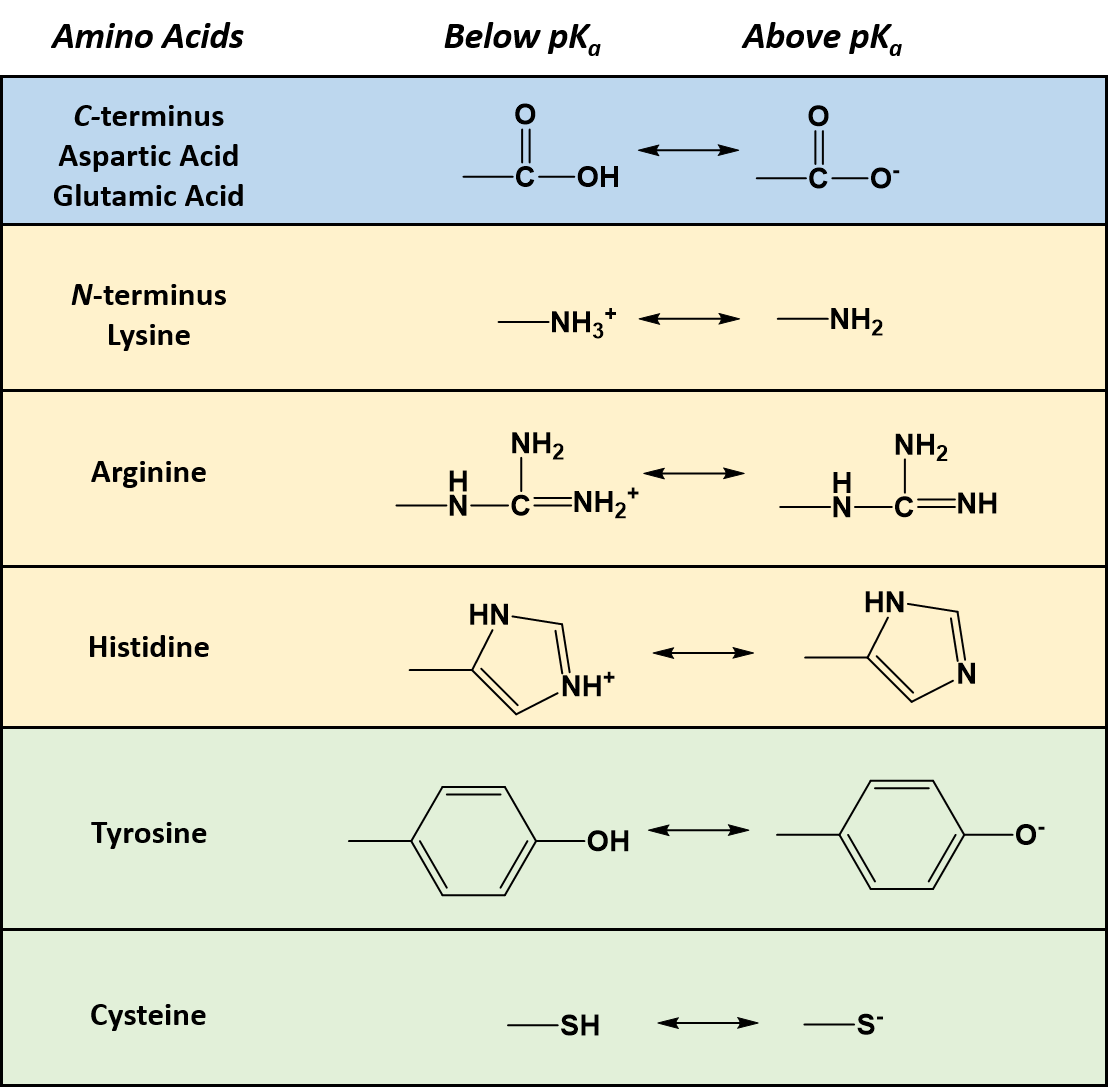

An organic compound with multiple amino groups is called a diamine, triamine, tetraamine and so forth. The prefix " N-" shows substitution on the nitrogen atom. Typically, the compound is given the prefix "amino-" or the suffix "-amine". Quaternary ammonium salts exist with many kinds of anions.Īmines are named in several ways. These species are not amines but are quaternary ammonium cations and have a charged nitrogen center. It is also possible to have four organic substituents on the nitrogen. N-methylpiperidine and N-phenylpiperidine are examples of cyclic tertiary amines. Examples of cyclic amines include the 3-membered ring aziridine and the six-membered ring piperidine. Cyclic amines- Cyclic amines are either secondary or tertiary amines.

Examples include trimethylamine, which has a distinctively fishy smell, and EDTA.Ī fourth subcategory is determined by the connectivity of the substituents attached to the nitrogen:

Secondary (2°) amines-Secondary amines have two organic substituents (alkyl, aryl or both) bound to the nitrogen together with one hydrogen.Important primary alkyl amines include, methylamine, most amino acids, and the buffering agent tris, while primary aromatic amines include aniline. Primary (1°) amines-Primary amines arise when one of three hydrogen atoms in ammonia is replaced by an alkyl or aromatic group.Aromatic amines have the nitrogen atom connected to an aromatic ring.Īmines, alkyl and aryl alike, are organized into three subcategories (see table) based on the number of carbon atoms adjacent to the nitrogen(how many hydrogen atoms of the ammonia molecule are replaced by hydrocarbon groups ): Aliphatic amines contain only H and alkyl substituents. 7.1 Alkylation, acylation, and sulfonation, etc.Īmines can be classified according to the nature and number of substituents on nitrogen.Ĭompounds with a nitrogen atom attached to a carbonyl group, thus having the structure R–CO–NR′R″, are called amides and have different chemical properties from amines. The substituent –NH 2 is called an amino group. Inorganic derivatives of ammonia are also called amines, such as monochloramine (NClH 2). Important amines include amino acids, biogenic amines, trimethylamine, and aniline see Category:Amines for a list of amines. Amines are formally derivatives of ammonia (NH 3), wherein one or more hydrogen atoms have been replaced by a substituent such as an alkyl or aryl group (these may respectively be called alkylamines and arylamines amines in which both types of substituent are attached to one nitrogen atom may be called alkylarylamines). In organic chemistry, amines ( / ə ˈ m iː n, ˈ æ m iː n/, UK also / ˈ eɪ m iː n/ ) are compounds and functional groups that contain a basic nitrogen atom with a lone pair.


 0 kommentar(er)
0 kommentar(er)
